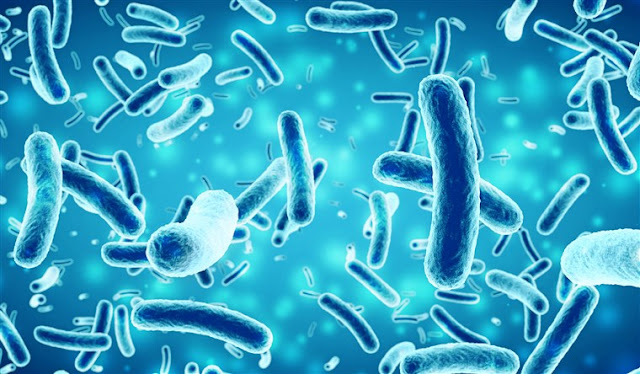What is dysbiosis and what does it have to do with Sjogren's syndrome and how can we treat it? Will you join me in the quest? (This is mentioned at the end of the post)
WHAT IS DYSBIOSIS?
Dysbiosis is defined as negative alterations in your body’s microbial communities, which are associated with health problems and diseases.
THE GUT MICROBIOMEThe gut microbiome is the most famous microbial ecosystem. It is in the large intestine and is made up of trillions of bacterial cells.
DYSBIOSIS AND SJOGREN'S SYNDROME
Many chronic illnesses, including Sjogren's, have been found to have patterns of microbial dysbiosis in the gut microbiome. It has not yet been shown if dysbiosis is part of the problem or a consequence of the illness.
One of the key functions of a healthy microbiome is to prevent disease through a barrier effect. This occurs through the production of large amounts of antimicrobial compounds. Gut bacteria are also essential to the development of the mucosal innate immune system through direct interactions with intestinal epithelial cells.
Research has shown that in Sjogren's we have less diversity in the gut microbiome. This imbalance shows we have less “friendly” bacteria and higher numbers of organisms that can cause disease.
One study in 2018 showed that a healthy gut microbiota can reduce Sjögren’s syndrome symptoms, both systemic and ocular, and immune responses in a mouse model of the disease. The findings suggest an association between gut microbiota and autoimmune responses, and that healthy gut microbiota have properties that delay Sjögren’s-like symptoms.
A study published in the Journal of Autoimmunity in 2019 showed that primary Sjögren's syndrome (pSS) and systemic lupus erythematosus (SLE) patients share a very similar gut microbiota composition that distinguishes patients from a large group of controls from the general population. The main characteristics of the gut microbiota composition in pSS and SLE patients are lower bacterial richness, lower Firmicutes/Bacteroidetes ratio, and higher relative abundance of Bacteroides species.
Bacteroides include anaerobic Gram-negative species found in many human infections. Firmicutes produce an important substance, butyrate, that keeps the colon healthy. They help maintain metabolic and immune health.
A 2019 study, at the University of Miami, reported that 'Individuals with Sjögrens have gut microbiome alterations as compared to healthy controls. Certain classes of bacteria were associated with Dry Eye measures.'
Another study in 2020 in Spain, analyzed the gut microbiome of people with primary Sjogren’s syndrome and related these findings to inflammation. The data showed that the gut microbiota in individuals with Sjogren's differs in comparison with healthy controls. Primary Sjogren's syndrome was associated with significantly lower microbiota diversity and richness, a significantly higher relative abundance of opportunistic pathogens with proinflammatory activity (such as Prevotella, Streptococcus, Enterobacter, and Escherichia coli) and a lower relative abundance of beneficial or commensal butyrate-producing bacteria (such as Faecalibacterium prausnitzii, Roseburia, Blautia, Lachnospira, Ruminococcus, Bacteroides fragilis, and Bifidobacterium).
GUT DYSBIOSIS TREATMENT
Treating gut dysbiosis may include a combination of dietary changes including eating prebiotic and probiotic food and taking prebiotic and probiotic supplements such as Bifidobacterium and Lactobacillus.Eating prebiotic foods will increase the beneficial bacteria in your gut so they can restore balance. Prebiotics are specific fiber-rich plant foods that feed good gut bacteria. Prebiotics include:
- garlic, onion, leek, shallots, spring onion
- asparagus
- broccoli, kale, brussel sprouts, cabbage
- beetroot
- chickpeas, lentils, red kidney beans, baked beans, soybeans
- green beans and peas
- dandelion greens
- radishes
- oats
- flaxseeds also called linseeds
- apples, berries, unripe bananas, or plantains
- seaweed


Comments
Post a Comment